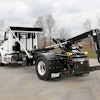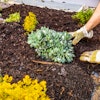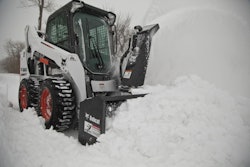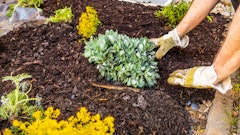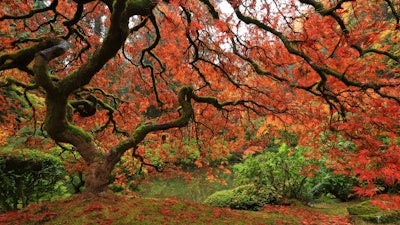
Just like the architectural elements that make up built space—floors, walls and ceilings—natural elements are also capable of creating spaces in large-, medium- and small-scale areas, in places like public and residential gardens.
According to Brazilian landscape architect Benedito Abbud, "Landscaping is the only artistic expression in which the five senses of the human being participate. While architecture, painting, sculpture and other visual arts use and abuse only the vision, landscaping also involves smell, hearing, taste and touch, providing a rich sensory experience by adding the most diverse and complete perceptual experiences. The more a garden can sharpen all the senses, the better it fulfills its role." [1]
Below some of the key elements of landscape planning and design are listed. See the principles and learn why you should never randomize the placement of trees.
Nature as Architectural Elements
As with architecture’s constructive elements, vegetation can also provide equivalent spatial conditions with a specific use of trees, shrubs and different species of plants. Trees can be associated with similar spatial qualities as pillars, and tree crowns can relate to conditions provided by roofs and ceilings. Shrubs tend to establish a protective feeling, and different types of grass and rocks relate to flooring.
To read the full original article, please click here.
